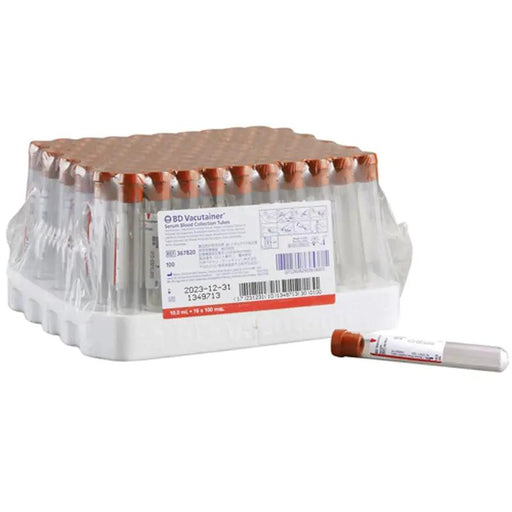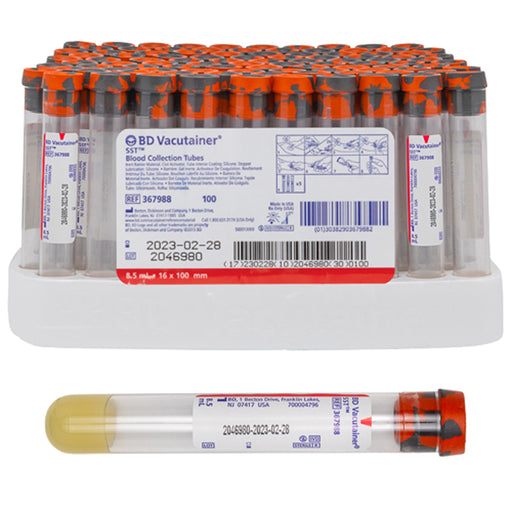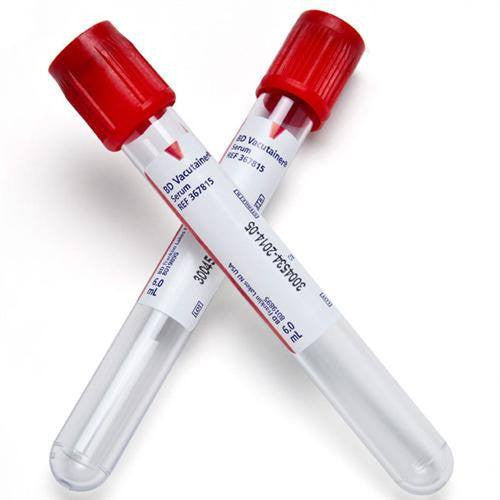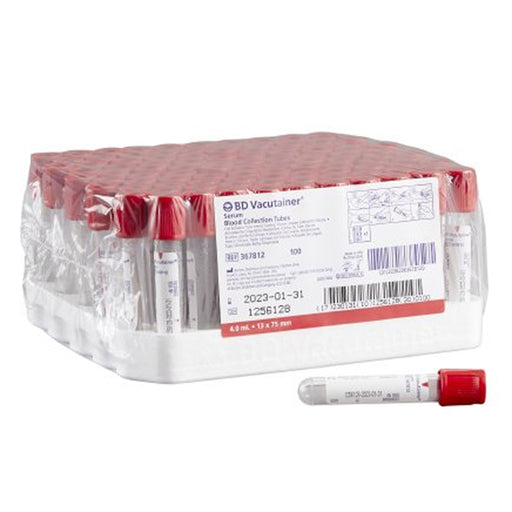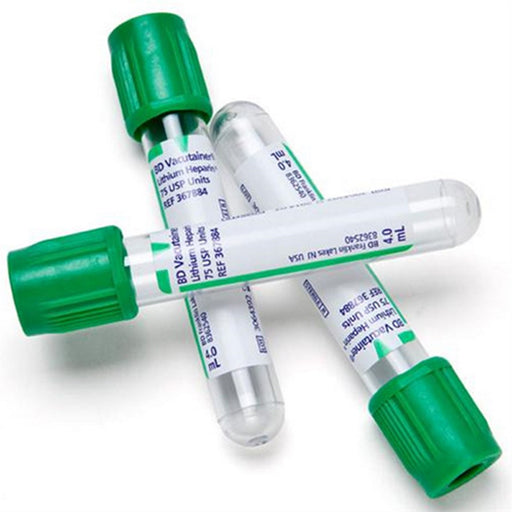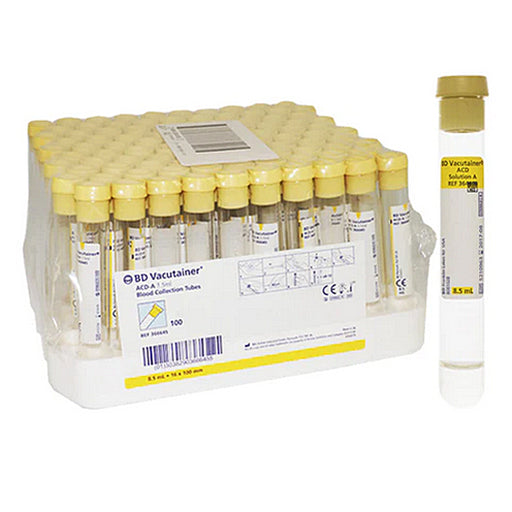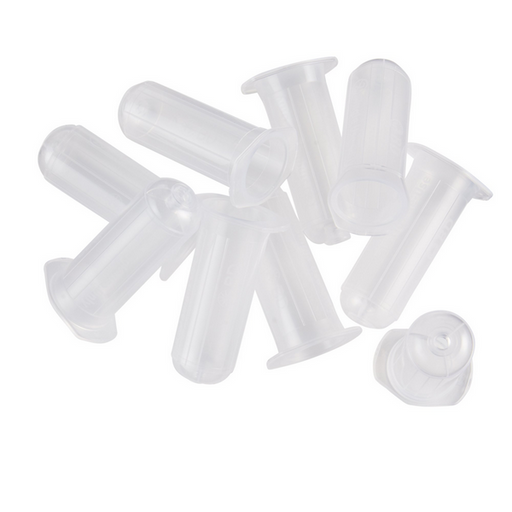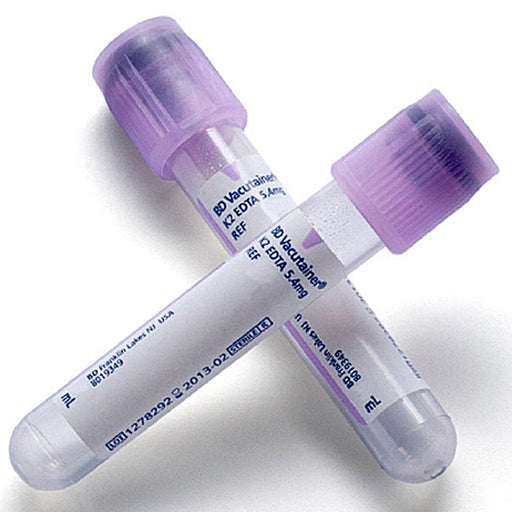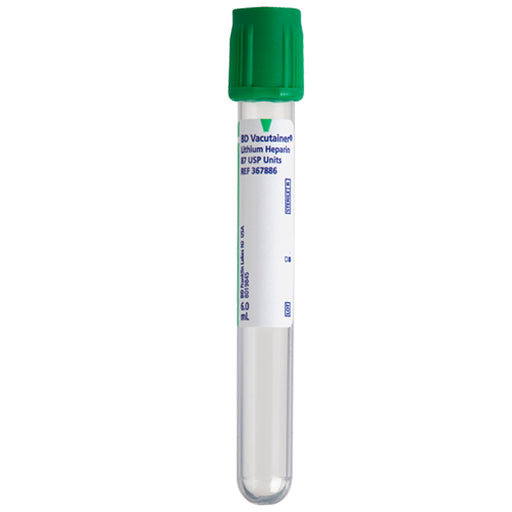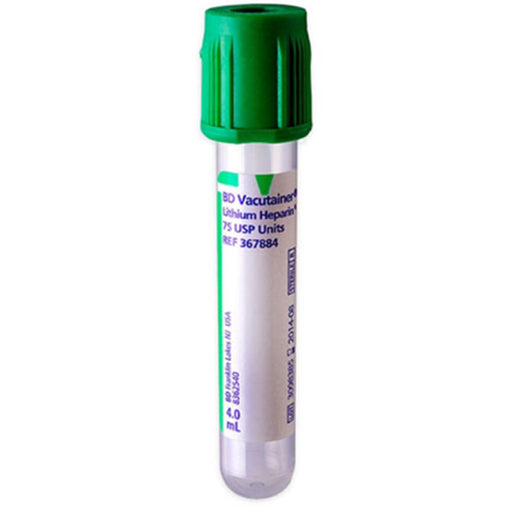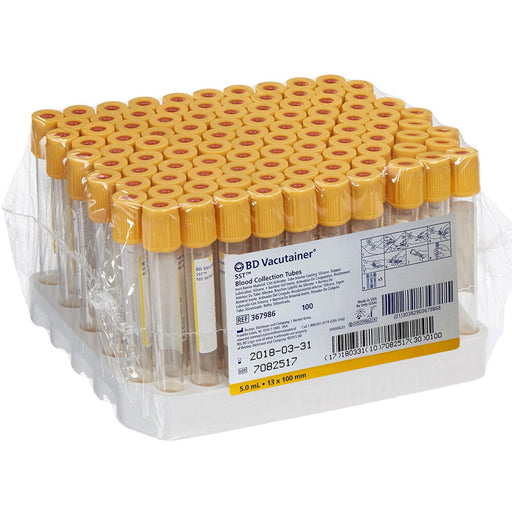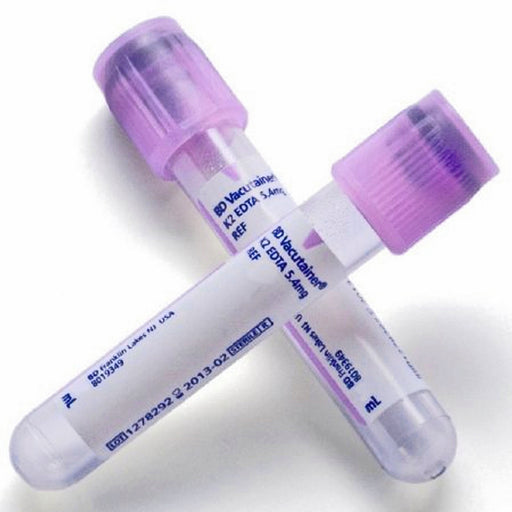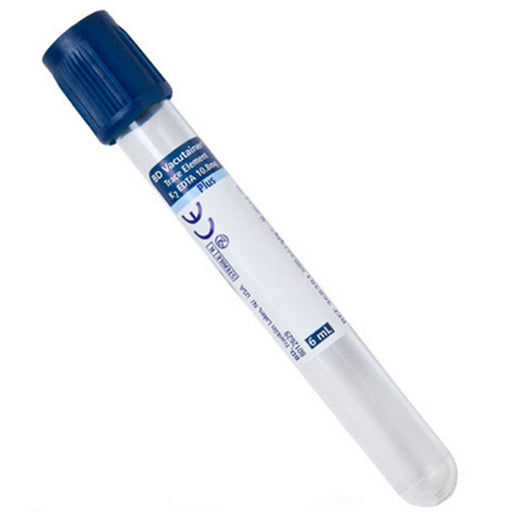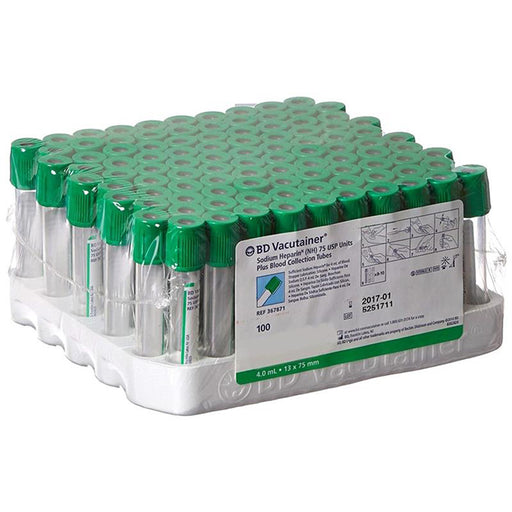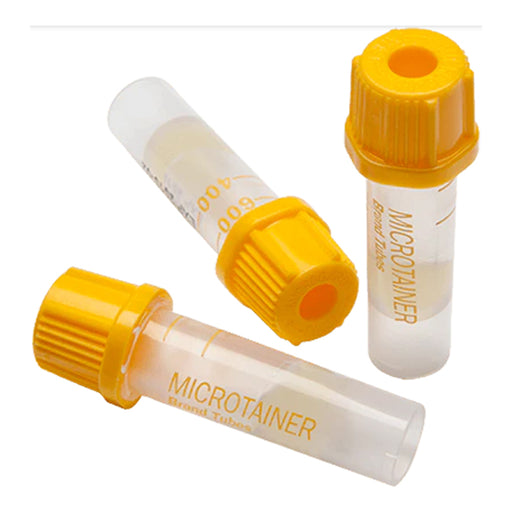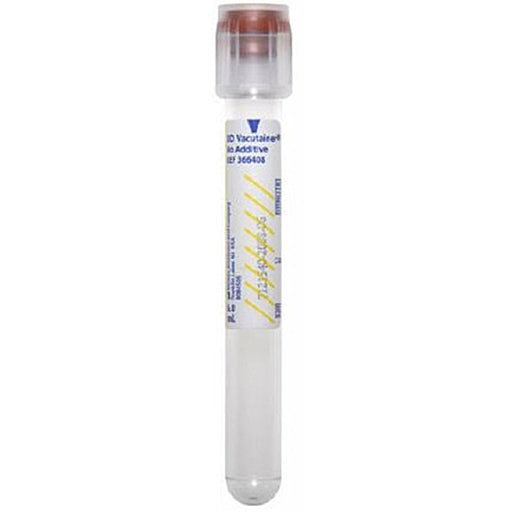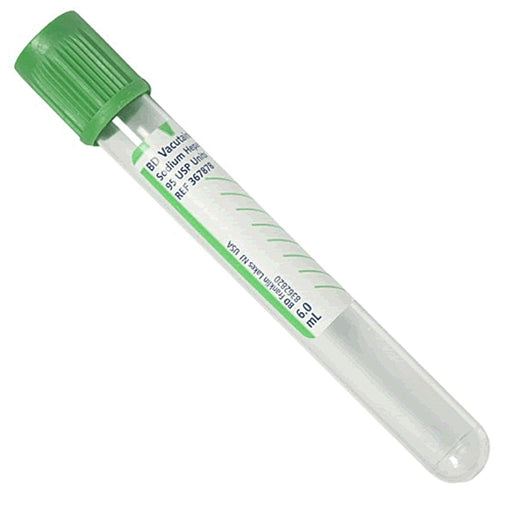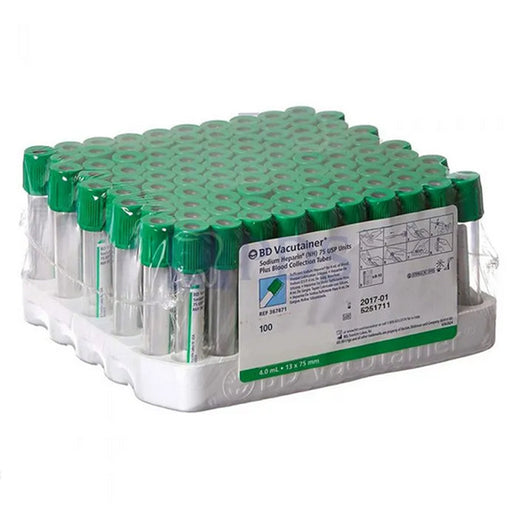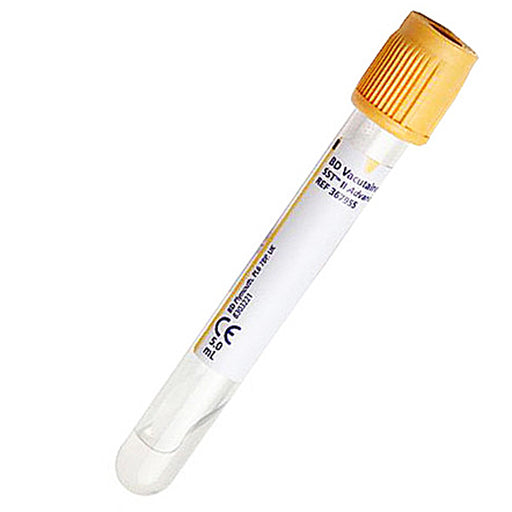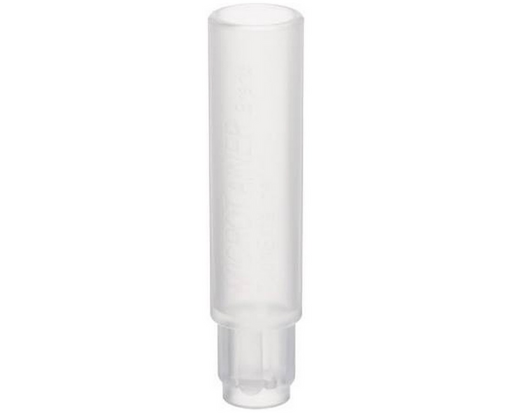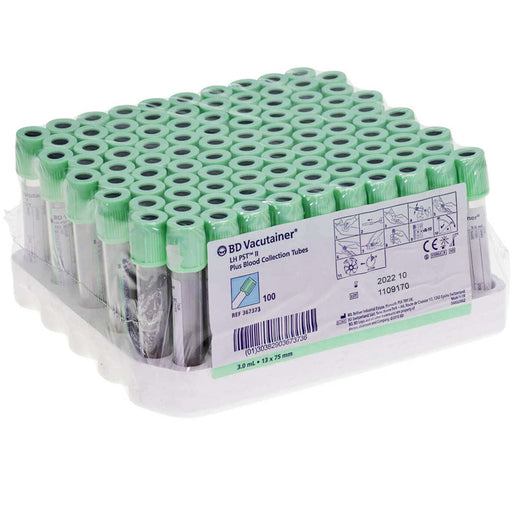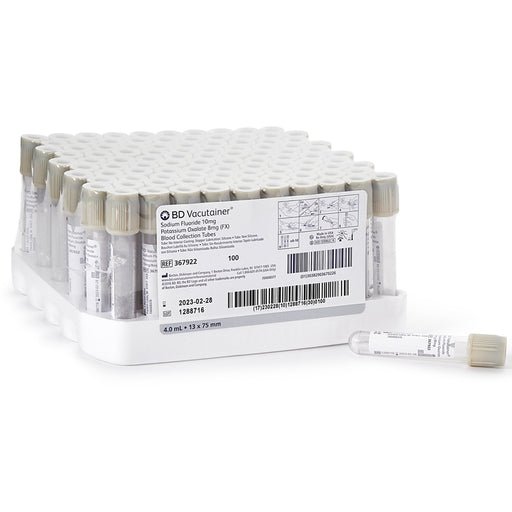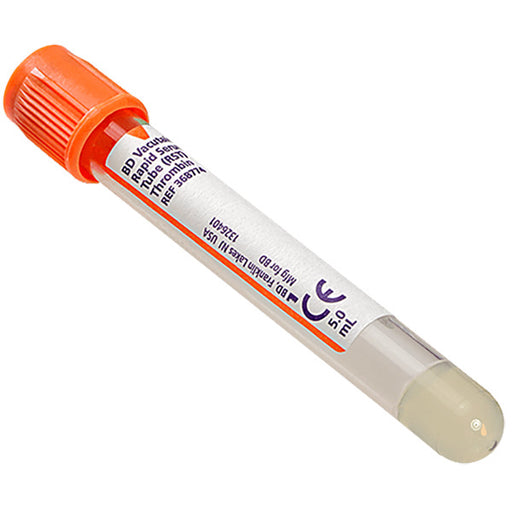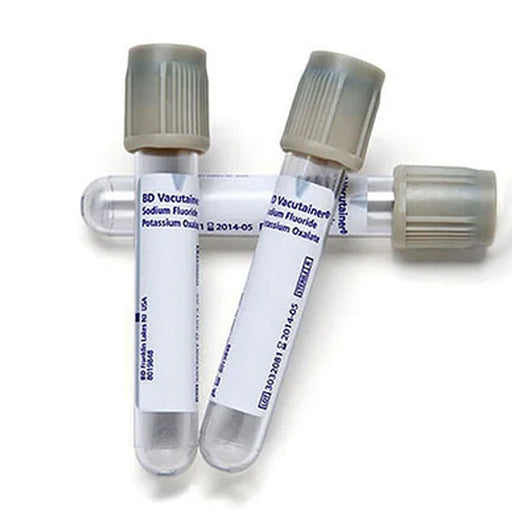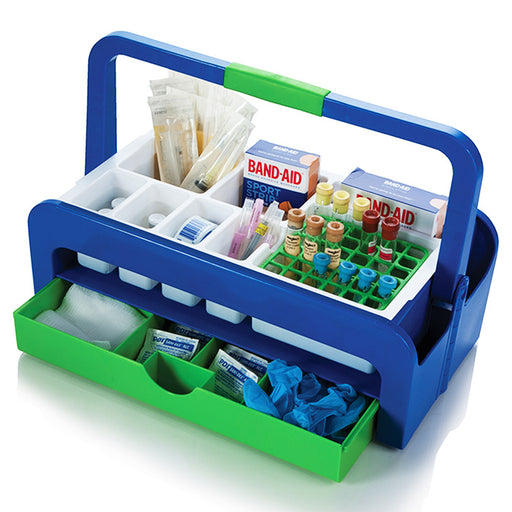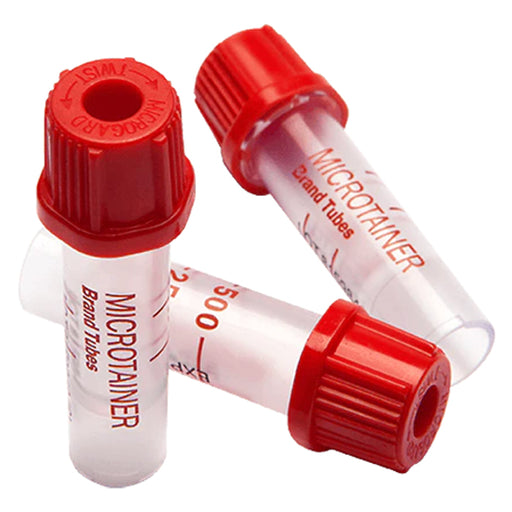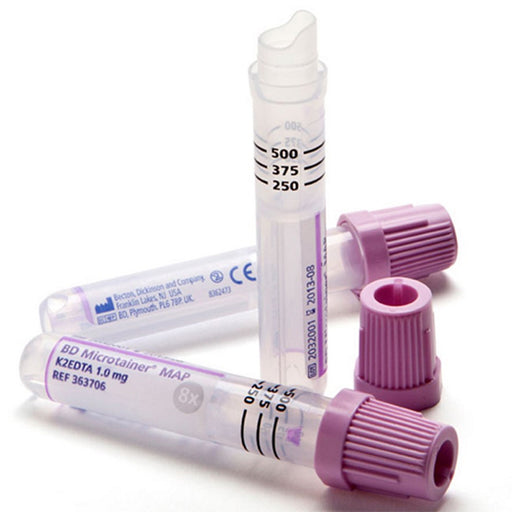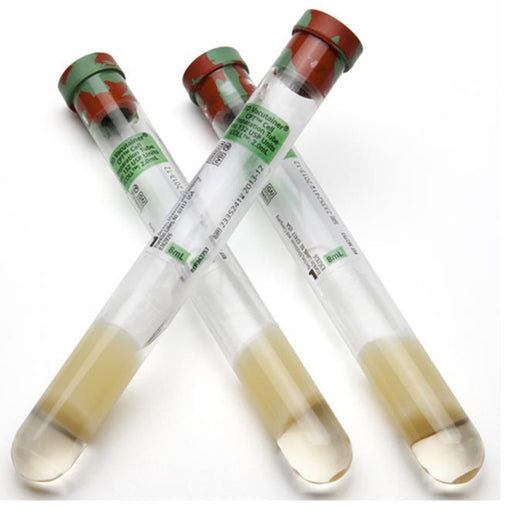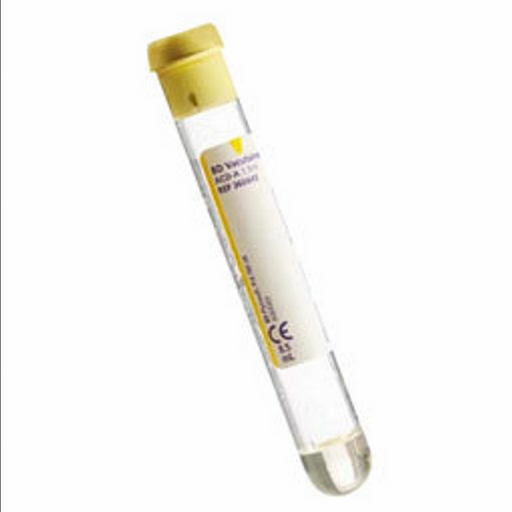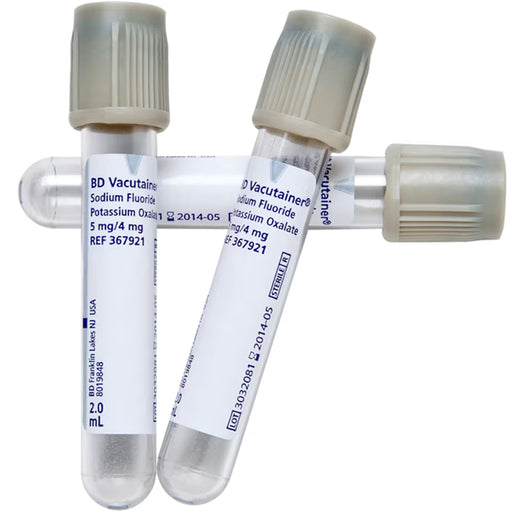What are Blood Collection Tubes
Blood collection tubes are specialized containers used to collect, transport, and sometimes process blood samples for laboratory analysis. Each type of tube is,designed for specific tests and contains different additives to preserve the sample or prepare it for analysis. Here are the main types:
Red Top Tubes:
- No additives.
- Used for serum collection for chemistry tests, serology, and blood bank procedures.
Gold or Tiger Top Tubes (SST - Serum Separator Tubes):
- Contain a clot activator and gel for serum separation.
- Used for chemistry, immunology, and serology tests.
Light Blue Top Tubes:
- Contain sodium citrate as an anticoagulant.
- Used for coagulation studies like PT and aPTT.
Green Top Tubes:
- Contain heparin (either lithium or sodium).
- Used for plasma chemistry tests and some genetic studies.
Lavender or Purple Top Tubes:
- Contain EDTA as an anticoagulant.
- Commonly used for complete blood counts (CBC) and blood smears.
Gray Top Tubes:
- Contain potassium oxalate and sodium fluoride.
- Used for glucose and lactate testing.
Yellow Top Tubes:
- Contain acid-citrate-dextrose (ACD) or SPS.
- Used for blood cultures and genetic testing.
Each tube must be filled to the correct volume and mixed gently if additives are present. The order of draw is important to avoid cross-contamination of additives. Proper handling and storage are essential to maintain the integrity of the samples.

